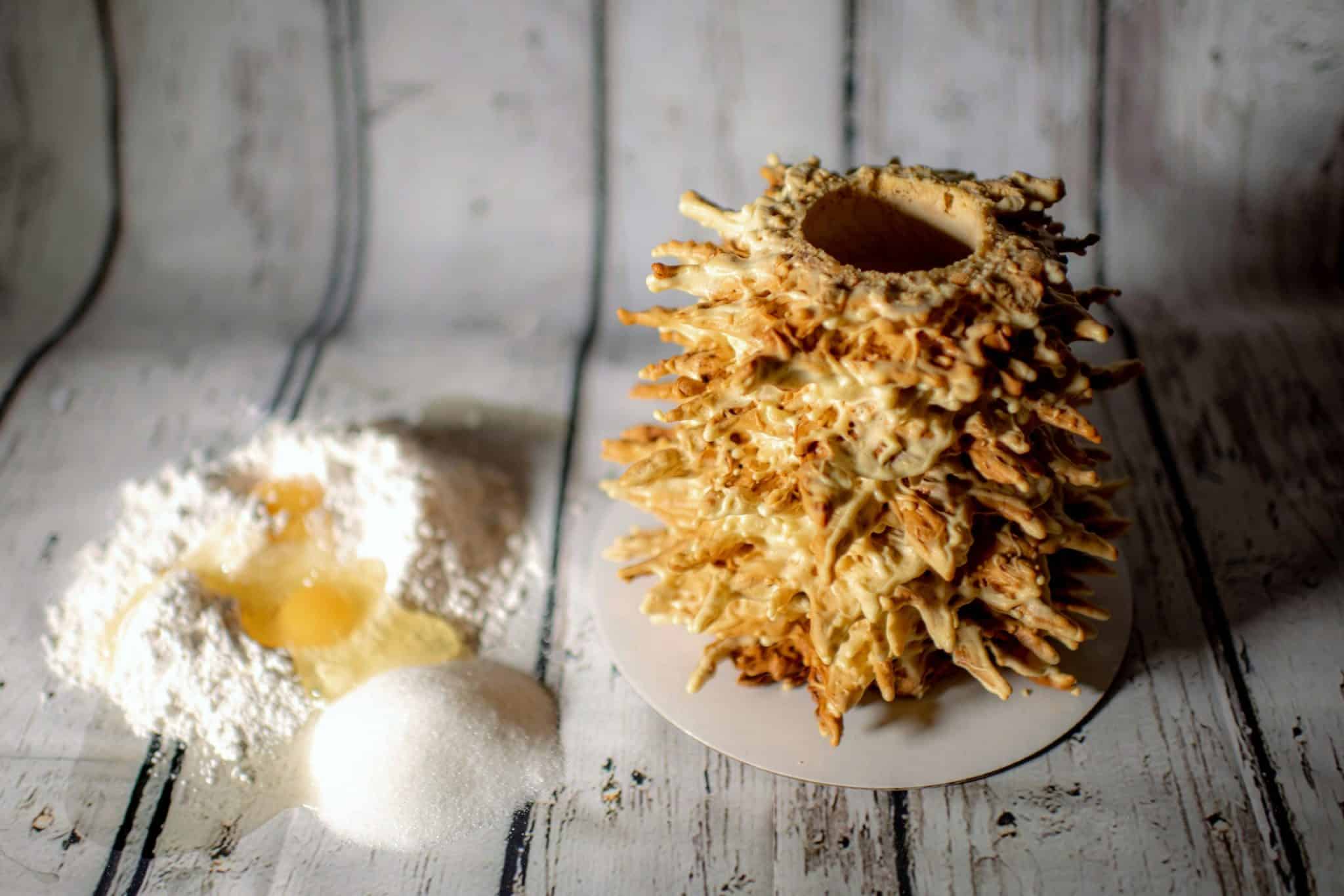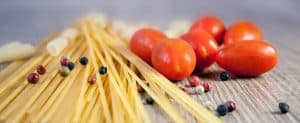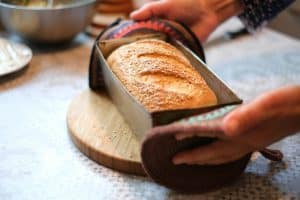Heritage Cooking: Preserving Culinary Traditions
Heritage cooking, also known as traditional or heirloom cooking, is the practice of preserving and passing down culinary traditions from one generation to the next. It involves using ingredients, techniques, and recipes that have been handed down for years, sometimes even centuries. In today’s fast-paced and ever-changing world, heritage cooking has become more important than ever in order to preserve the unique cultural and historical aspects of a society’s cuisine. It is not only a way to honor and remember our ancestors, but it also allows for a connection to our past and a deeper understanding of our cultural identity through food.
The Importance of Preserving Culinary Traditions
Food has always been a central part of human culture, not just as a means of sustenance, but also as a way to bring people together and pass down traditions. Every culture has its own unique culinary heritage, and by preserving these traditions, we are able to honor our ancestors and keep their legacy alive. Heritage cooking has the power to evoke memories and connect us to our past. It teaches us about our roots and helps us understand our cultural identity.
In addition to its cultural significance, heritage cooking is also important in terms of sustainability and food security. By preserving traditional ingredients and cooking methods, we are able to maintain a diverse and sustainable food system. This is particularly important in a time where processed and mass-produced food has become the norm. Preserving culinary traditions ensures that traditional and often healthier ingredients and techniques are not lost.
Challenges in Preserving Heritage Cooking
Despite its importance, heritage cooking is facing many challenges in today’s society. One of the main challenges is the declining interest in traditional cooking methods and ingredients among the younger generation. With the convenience and accessibility of modern cooking techniques and ingredients, many people have lost touch with their cultural heritage and rely on processed and packaged foods.
Another challenge in preserving heritage cooking is the lack of documentation and written records. Traditional recipes and cooking methods are often passed down orally, making them vulnerable to being lost over time. With the rapid globalization and homogenization of food culture, these traditions are at risk of disappearing completely.
How to Preserve Culinary Traditions
Preserving culinary traditions is not an easy task, but it is possible with the right approach and mindset. One of the key ways to preserve heritage cooking is by learning and practicing traditional recipes and cooking techniques. This can be done by attending cooking classes, seeking guidance from older family members, or researching and studying traditional recipes. By doing so, we not only learn about our culture and heritage, but we also develop important skills that can be passed down to future generations.
Another important aspect of preserving culinary traditions is documenting and recording traditional recipes and cooking methods. This can be done through written records, videos, or even audio recordings. By documenting these traditions, we are able to ensure that they are not lost and can be passed down to future generations.
The Future of Heritage Cooking
Despite the challenges, the future of heritage cooking looks promising. With the rise of social media and the increasing interest in traditional and sustainable cooking, more and more people are becoming aware of the importance of preserving culinary traditions. This has led to a resurgence in traditional cooking methods and a renewed interest in local and heritage ingredients.
In addition, many organizations and individuals are working towards preserving and promoting heritage cooking. For example, the Slow Food movement, founded in Italy in 1986, has a mission of preserving traditional and regional cuisine, while also promoting sustainable and ethical food choices. This movement has gained global recognition and has inspired many to take action in preserving culinary traditions.
In Conclusion
Heritage cooking is not just about preparing and sharing traditional food, but it is also about preserving cultural identity, promoting sustainability, and ensuring the diversity of our food system. By learning and practicing traditional recipes, documenting and sharing these traditions, and supporting organizations that promote heritage cooking, we can ensure that our culinary traditions continue to be passed down for generations to come. Let us not forget the power and significance of heritage cooking, and let us continue to honor and celebrate our cultural and culinary heritage.










